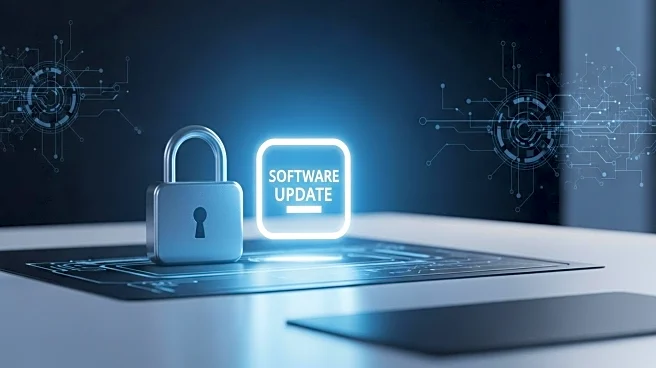What is the story about?
What's Happening?
NetRise, a software and firmware supply chain security company, has reported that many Wi-Fi devices remain vulnerable to the Pixie Dust hack, a method disclosed over a decade ago. The vulnerability involves exploiting the Wi-Fi Protected Setup (WPS) to obtain a router's PIN, allowing unauthorized access to the network. NetRise analyzed 24 networking device models, finding that only four have been patched against this vulnerability. The remaining devices, including those from TP-Link, continue to be at risk, with some still supported despite being unpatched. This situation highlights a systemic flaw in firmware supply chains, where insecure libraries are reused, and secure defaults are not enforced.
Why It's Important?
The persistence of the Pixie Dust vulnerability poses significant risks to network security, particularly in high-trust environments like branch offices, retail, and healthcare. The lack of transparency and delayed vendor disclosures exacerbate the issue, leaving enterprises exposed to potential breaches. This situation underscores the need for improved security practices in the firmware supply chain and greater accountability from manufacturers. The ongoing vulnerability could lead to reputational damage, regulatory action, and legal liability for affected vendors, emphasizing the critical importance of addressing these security gaps.
What's Next?
Enterprises and consumers using vulnerable devices may need to seek alternative security measures or pressure vendors for timely updates. Regulatory bodies might increase scrutiny on manufacturers to ensure compliance with security standards. The industry could see a push towards more robust security protocols and better vendor transparency to prevent similar vulnerabilities in the future.
AI Generated Content
Do you find this article useful?













